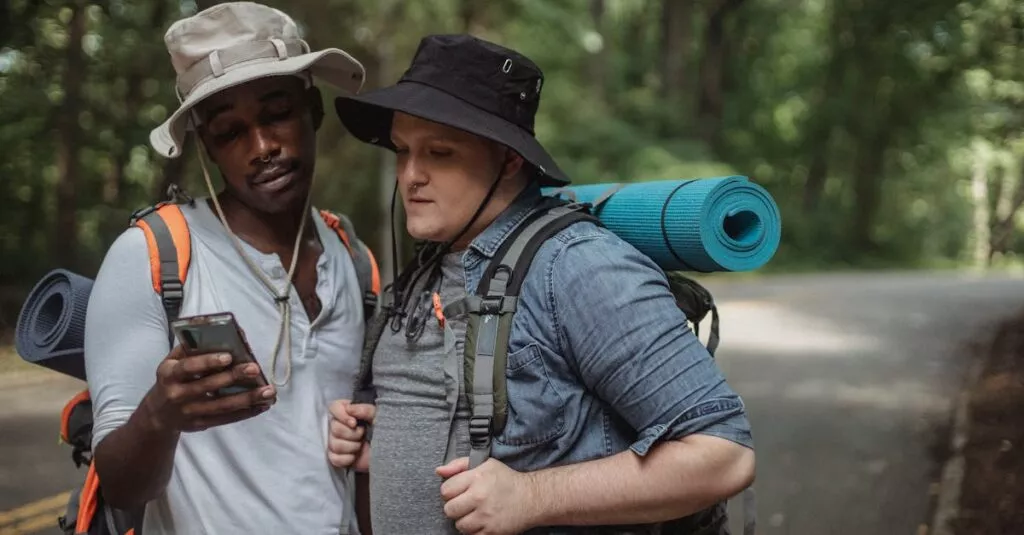Understanding Motion Sickness in Kids
Motion sickness can make car rides a nightmare for kids and parents. It happens when the brain receives conflicting signals from the eyes and inner ears. A teary-eyed kid clutching a queasy stomach is never fun! It’s essential to know what causes it in order to effectively combat it.
Recognizing symptoms like nausea, sweating, and dizziness early can help manage the situation. Knowing what you’re up against makes finding solutions a breeze.

Understanding the triggers and symptoms of motion sickness in kids can help you prepare and take necessary precautions for a smoother and more enjoyable ride.
Effective Pre-Trip Preparations
Proper preparation is the cornerstone of a smooth journey. Start by planning travel times with fewer winding roads. Also, keep car windows cracked open for fresh air. Snacks? Think light and easy-to-digest—avoid heavy meals before traveling. Engaging distractions like audiobooks or soothing music can make the ride smoother. A travel-friendly neck pillow might help maintain a comfortable head position, reducing the risk of sickness.

Remember, a well-prepared trip can enhance the overall travel experience and help you stay refreshed and energized throughout your journey.
Tried-and-Tested In-Trip Remedies
Once you’re on the road, keep a few tricks up your sleeve. Let your child sit in the middle of the back seat to face forward. Encourage them to look at the horizon instead of books or screens. Motion sickness wristbands can also be a lifesaver. And don’t underestimate the power of ginger candies—many parents swear by them! Having a stash of plastic bags and wet wipes is always a good idea, just in case.
 Please try out these simple remedies to make your trips easier and more enjoyable!
Please try out these simple remedies to make your trips easier and more enjoyable!
Lifestyle Tips to Reduce Motion Sickness
Simple lifestyle changes can make a world of difference. Encourage short, frequent walks to help their inner ear adapt to movement. Staying hydrated is crucial, but skip the sugary or caffeinated drinks. A balanced diet and regular sleep schedule can also improve overall well-being, making kids less prone to motion sickness. Regular outdoor activities can help kids build a stronger sense of balance.

Implementing these lifestyle tips can significantly reduce motion sickness and improve the well-being of children.
Emotional Challenges and How to Combat Them
Kids often get scared or anxious about feeling sick during travel. Addressing these fears is vital. Use age-appropriate language to explain what’s happening and reassure them that it’s manageable. Keep a calm demeanor to avoid transferring your stress.
Create a “motion sickness kit” together before trips. This can include items like wipes, water, and a favorite toy—for some, knowing they have these essentials can be incredibly soothing.

Reader Tips and Engagement
Every family has their own tips. Share your own experiences and learn from others! Encourage your kids to talk about their feelings and what works for them. Create a space for readers to leave comments and share their go-to remedies or funny travel stories. Who knows? You might just discover a game-changing tip from another parent’s experience. Plus, it’s always nice to know you’re not alone in this journey.

